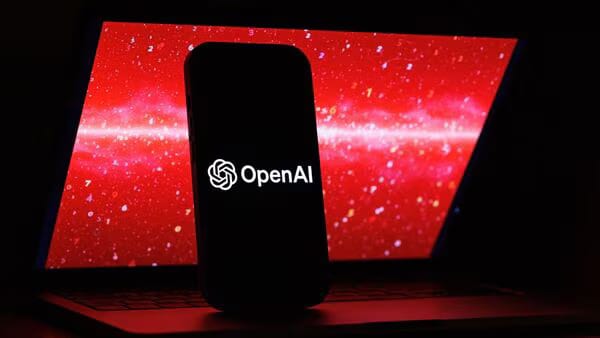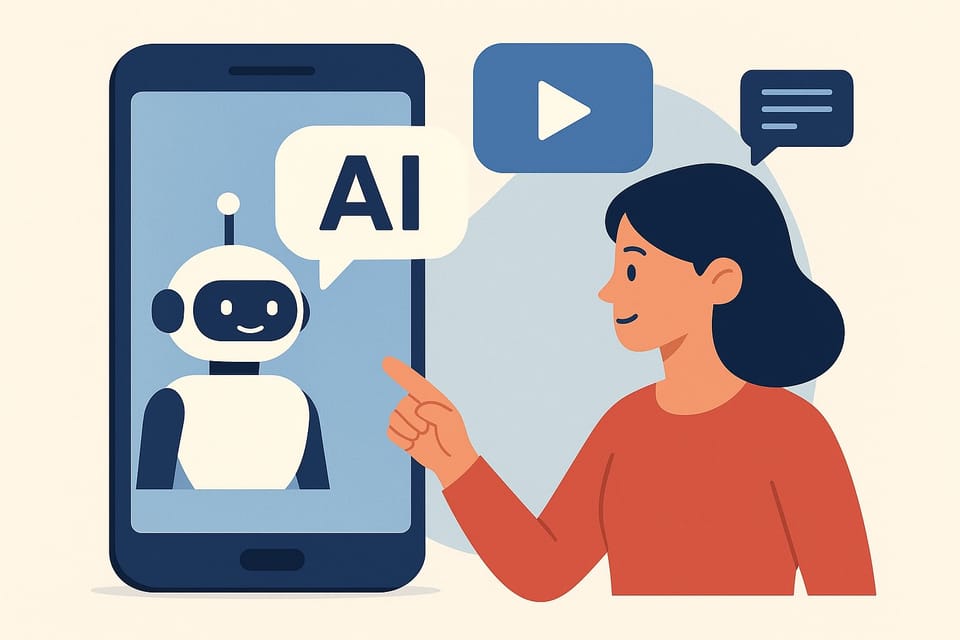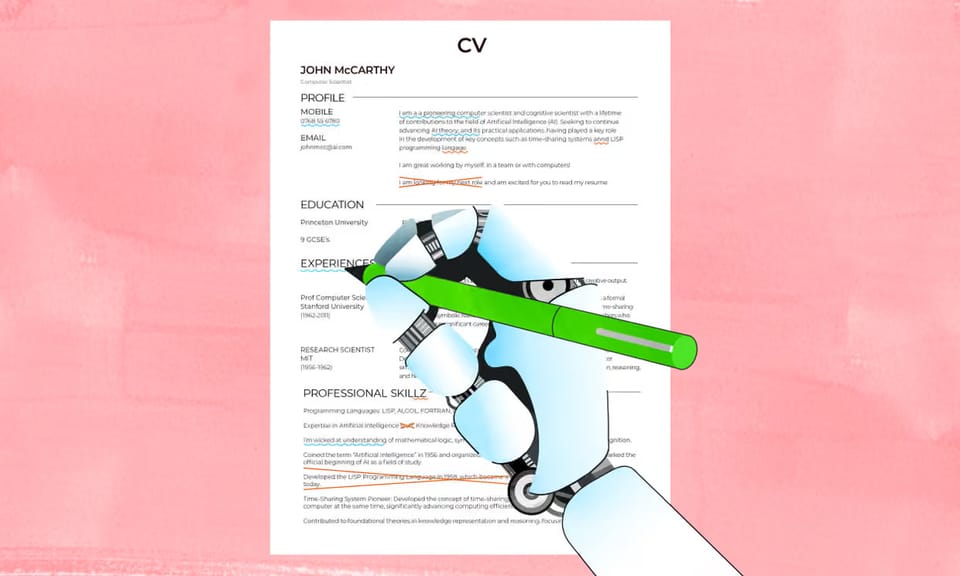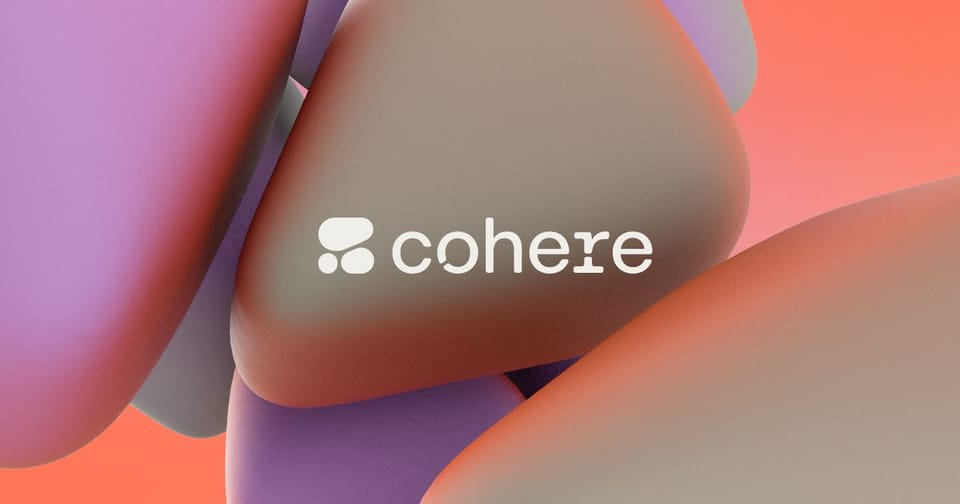Would You Take a Fat Check to Walk Away from Google?


Stories you don’t want to miss today:
- A $134M troop deployment in LA sparks national debate over military spending
- Why Google is paying some workers to leave as it bets big on AI
- Apple unveils a major iOS redesign that could redefine the user experience
Let’s dive in.
Finance
Why Are U.S. Taxpayers Paying $134 Million to Send Soldiers Into LA?

Briefing: U.S. taxpayers are on the hook for $134 million after President Trump sent 4,000 National Guard soldiers and 700 Marines to Los Angeles. The move, meant to support immigration raids, triggered protests, a curfew, and legal battles over who should pay and whether troops should be involved at all.
Details: U.S. military officials say the deployment will cost about $134 million for 60 days, covering travel, housing, food, equipment, and pay for troops in LA. Americans nationwide will cover the cost, even though California officials objected to the mission. Governor Gavin Newsom and other state leaders argue California never requested military help and call it an illegal use of power from Washington. They say local taxpayers shouldn’t be forced to pay for what they view as a political stunt. A judge is now reviewing lawsuits challenging the deployment. The action followed large ICE raids that sparked protests across LA, leading to over 200 arrests, some violence, and an ongoing nighttime curfew.
Why It Matters: This deployment forces all U.S. taxpayers to pay for a military mission that many state leaders argue is unnecessary and unwanted. It highlights a growing battle over who decides when and how military forces are used inside the country and whether Americans should be required to cover the costs when Washington and state governments disagree. (Economic Times)
Could AI help track how $134 million is being spent? Tools like OpenGov, ClearGov, and Quorum have helped monitor government spending and military budgets in real time. These platforms use AI to detect unusual patterns, flag overspending, and give the public clearer access to where tax dollars go. (OpenGov)
Business
Would You Take a Fat Check to Walk Away from Google?
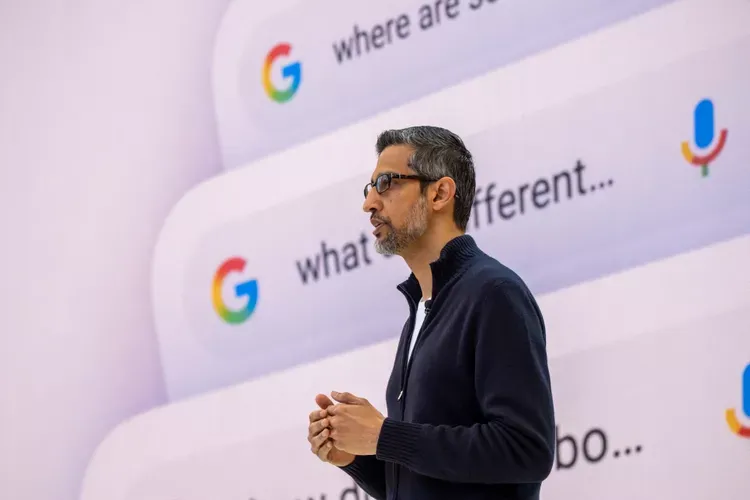
Briefing: Google is offering buyouts to some of its U.S. employees. This means workers in certain departments can choose to leave the company and get a payout. At the same time, Google is asking more remote workers to come back to the office part-time.
Details: The offer is called the “Voluntary Exit Program.” It’s open to people in teams like Search, Ads, Research, and Engineering. If they take the deal, they’ll get at least 14 weeks of pay and health benefits for a while after they leave. The deadline to decide is around July 1. Google is also reminding workers who live close to an office to come in at least three days a week, part of its hybrid work plan.
Google is focusing more on its Gemini AI project, which is a powerful tool that helps answer questions, write content, and even understand pictures and videos. It’s already being used in things like Google Search, Gmail, and Docs to make them smarter. By offering buyouts instead of more layoffs, Google is trying to shift money and workers toward building better AI tools like Gemini that can do more for users and compete with other big tech companies.
Why It Matters: This gives workers a choice to stay and help build Google’s future with AI, or leave with a financial cushion. For Google, it’s a way to re-focus on tech like its Gemini AI. And for investors, it shows that Google is serious about managing costs and investing in the future. So far, the stock market seems to like the move. (Investopedia)
Google is offering buyouts to shift focus and money toward Gemini, its main AI tool that competes with tools like ChatGPT. Gemini is built to understand text, images, code, and more. Google is spending $75B this year on AI, including better data centers to make Gemini faster and smarter. (WSJ)
Tech
Is This the Beginning of Apple’s Glass-Only iPhone Era?

Briefing: Apple just showed off iOS 26, and one big change is a brand-new look called Liquid Glass. This is the biggest design update since 2013, and it’s not just for iPhones; it’s coming to iPads, Macs, Apple Watches, and even Apple TVs.
Details: Liquid Glass makes everything on your screen look smoother and more modern. Things like buttons, menus, and icons now have a glass-like look that changes depending on your background, lighting, and what you're doing. It’s kind of like your screen is alive and reacting in real time.
You’ll see this new design everywhere on your lock screen, home screen, inside apps, and in the control center. Apple also gave developers tools to add these effects into their own apps, so the whole app experience will look and feel more polished.
Behind the scenes, this only works well because Apple’s latest chips (like the A-series and M-series) are powerful enough to handle it. That means older devices may not get the full effect.
Why It Matters: This new design is a big deal because it shows where Apple is heading. There’s talk that future iPhones might be made with all-glass bodies to match the new software style. With the iPhone’s 20th anniversary coming in 2027, this might be Apple’s way of getting ready. Plus, the update will make apps look cooler and more responsive, and it gives developers fun new ways to design their apps to match the new look. (Times Of India)
Is Apple using on-device AI to power the new Liquid Glass design, and could this lead to fully AI-personalized interfaces in the future? Apple’s Liquid Glass UI in iOS 26 likely relies on its powerful neural engines (built into A-series and M-series chips) to create real-time visual effects that adjust based on lighting, background, and movement. This kind of adaptive behavior is part of Apple’s broader push into on-device machine learning, seen already in features like photo enhancements, Siri Suggestions, and Focus Modes. The Liquid Glass design could be the first step toward a more intelligent, AI-personalized interface that reacts to your daily habits and environment across iPhone, iPad, and Mac. (CNBC)
*Disclaimer: The content in this newsletter is for informational purposes only. We do not provide medical, legal, investment, or professional advice. While we do our best to ensure accuracy, some details may evolve over time or be based on third-party sources. Always do your own research and consult professionals before making decisions based on what you read here.

